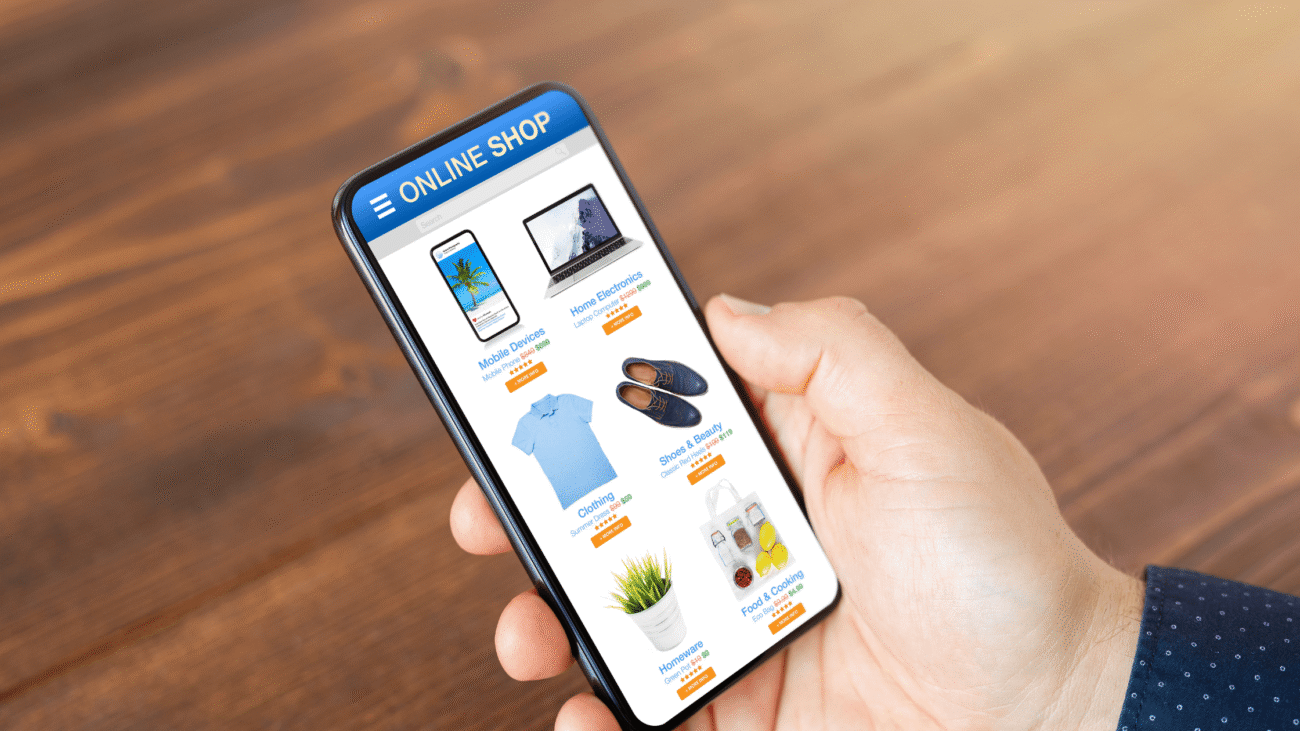Only those who try something out and risk failure can be innovative. Bezos has often failed on Amazon on a small scale, but that has never taken him off course. The goal of “Day One” has always been to build an “Everything Store” – a platform where anyone can buy any physical product. This article lets us know the story behind Amazon’s success.
The dream of an “Everything Store” has long since been expanded and improved by many other business areas. A 2-day delivery became a 2-hour delivery, a supermarket without staff, an entrance door that opens independently for the postman, and a flying warehouse with its transport drones. Much of this is already actively under development or in live operation.
From books to Music CDs to Electronics to Groceries to Sporting Fashion, Amazon’s success story claims it as the most prominent E-commerce leader in the world. Having become online in 1995, Amazon has more than provided the customers with the timely delivery of their orders; Amazon has built colossal customer loyalty, brought in newer features to its website or mobile app, better products, and lower prices in comparison with other e-commerce websites.
Amazon has provided its customers with such services that people are attracted to buy from Amazon. It has mitigated advertisement expenditure by providing customers with free shipping. And no e-commerce website development company could compete with that today.
Jeff Bezos thinks that ideas stroke up growth. Against everyone’s will when in 2007, Amazon launched itself into an electronics device: Kindle E-Reader; it proved to be a confidence-boosting game changer.
And later on, Amazon brought in Echo and Alexa speaker devices with more than 30,000 skills to bring verbal solutions to people’s problems. Ideas and innovation mainly drive Amazon’s success strategy. Jeff Bezos, the Ideator-in-chief, welcomes unconventional ideas and concepts and then relates them to new technologies.
Amazon has mitigated advertising expenditure by providing customers with free shipping. And no e-commerce website development company could compete with that today. An excellent user experience/interface design makes customers find what they need more conveniently.
Because of an intelligent UX design, more options pop up before the checkout in the Amazon mobile app or website. Those options include Similar products, more ratings, and products bought together. These options increase sales. A hassle-free payment model in e-commerce application development makes the customer return to it again.
Amazon provides a lengthy description of the products, from where they are manufactured to which company sells them, and the ratings and user reviews. Whenever a customer searches for a product, the search engine displays the relevant options available on Amazon or country-wise Amazon websites.
This feature attracts potential customers to reach the Amazon website and get what they want. ‘Some shipping companies offer affordable fees, but you should make sure you know the details and ask questions to know their policies and conditions. As Amazon becomes a more and more significant source of online sales, your brand should be positioned to grow in tandem. Understand Amazon’s capacity to evolve since it is a platform, seller, and brand at once.
With a clear mindset of ‘win it’ and open arms for ideas, the E-Commerce Website Amazon finds its success in the loyal base of its customers and an intent to keep innovating and experimenting. Amazon Success Story speaks all about the E-Commerce company’s ability to maintain a relationship with its customers and launch products suiting the people’s needs




